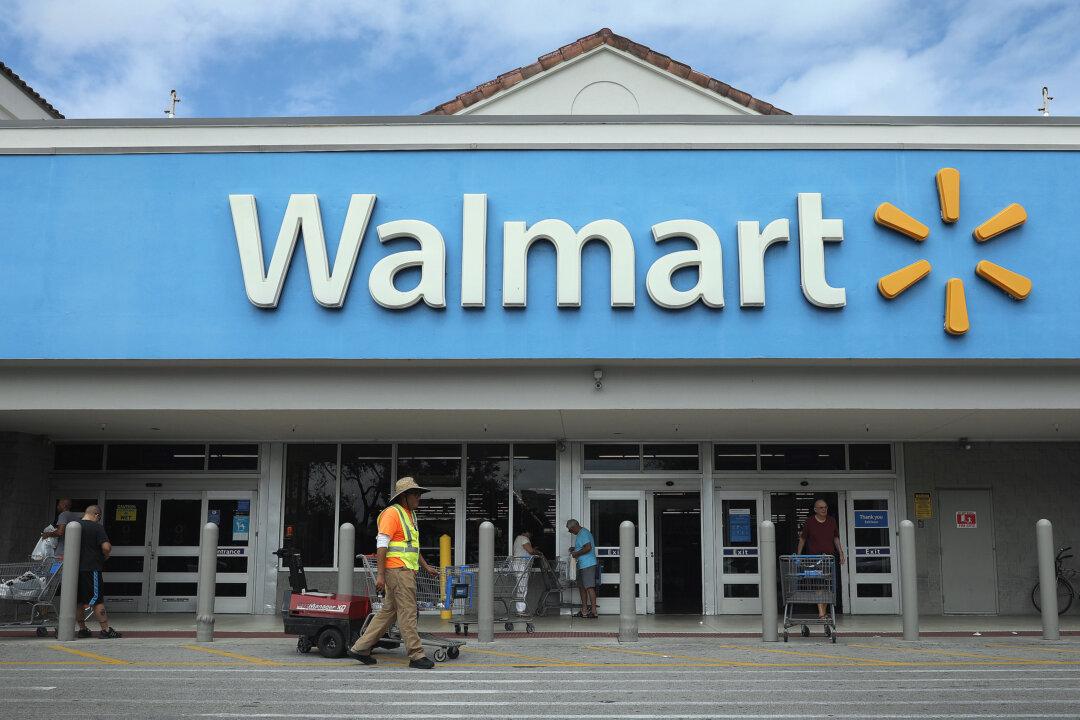Commentary
American companies are starting to bring manufacturing back to the United States. Although it’s by no means a stampede back home, the rate of return, or the “reshoring” of U.S. firms, is increasing.

American companies are starting to bring manufacturing back to the United States. Although it’s by no means a stampede back home, the rate of return, or the “reshoring” of U.S. firms, is increasing.